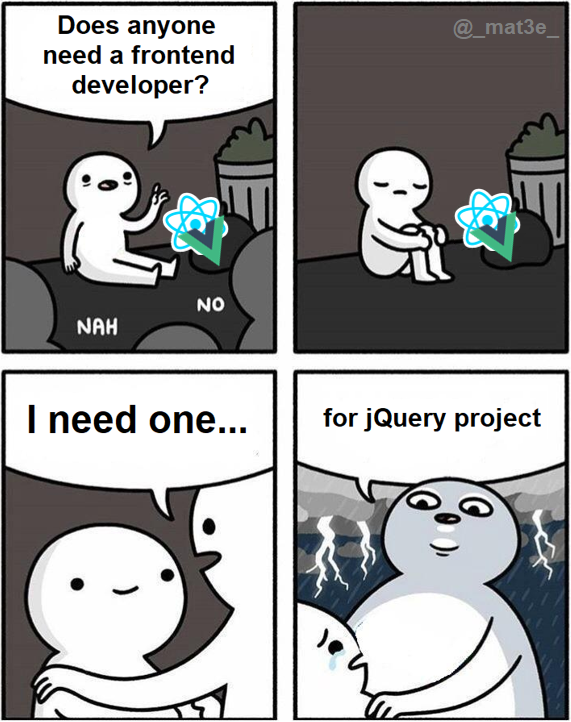Native applications work smoothly on mobile devices. Their graphic transitions take less time for UI rendering compared to the cross-platforming. The reason is simple: their code can communicate straight to the mobile OS core, enabling UI methods.
In the meantime, the native mobile platforms (OS) are written in different languages. For instance, Android OS is a mix of Java, C, and C++. In comparison, the iOS platform is built with Objective C and Swift. So, native mobile development requires the knowledge of a few languages like Swift and Java simultaneously. That's a big deal, as not many companies could afford to hire developers for each platform.





